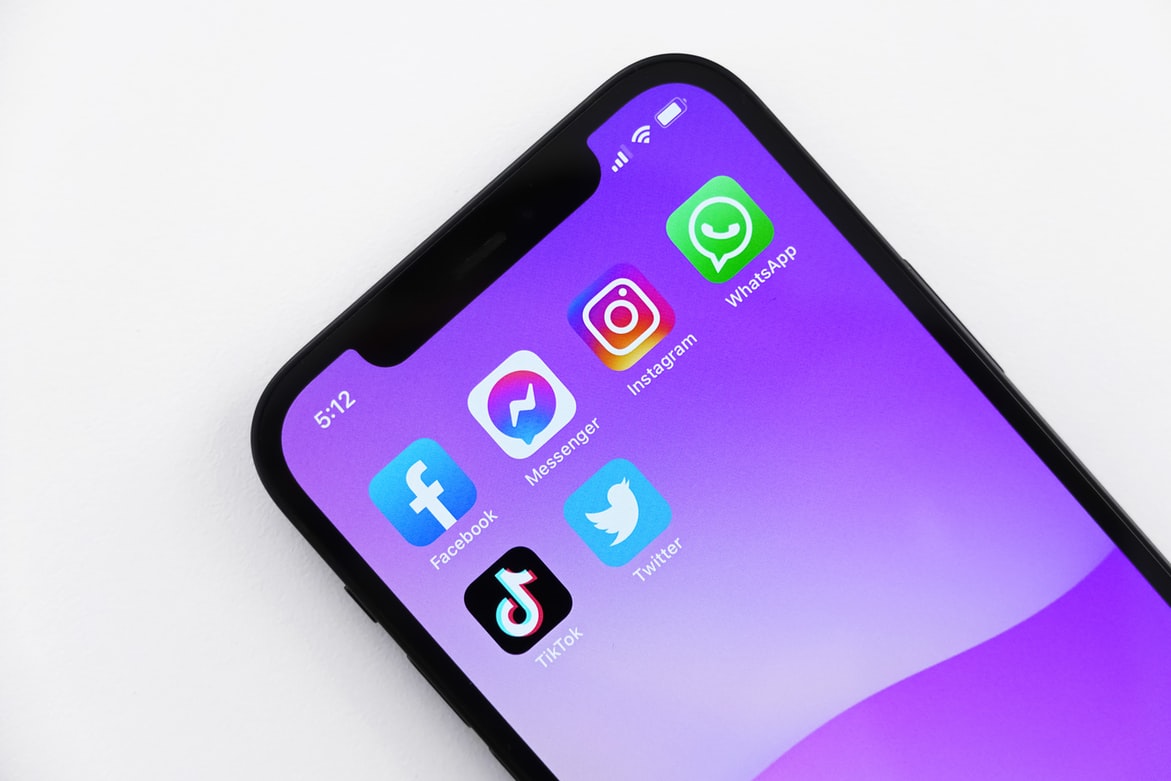5 Ways to Promote Your eCommerce Products
If you own an eCommerce business and do not promote a product, especially a new one, it probably will not gain much attention. However, even when you opt to promote your product, you must do that right.
So, to avoid promotional failures, you need to pick your channels and marketing tactics based on informed decisions about your product and customers. To help you start, we have brainstormed 5 ways to promote a product.
#1 Advertise on Large Online Marketplaces
An online marketplace is an eCommerce website that connects sellers with buyers. Most companies use them to reach an extensive range of potential customers quickly.
For example, suppose you are selling a tech product. In that case, you should opt for advertising it on the most significant product search engines, where the best and latest tech announcements and gadgets are displayed.
Online marketplaces have additional advantages. Using an online marketplace is an extra source of revenue, and it cuts down your marketing costs. Also, it allows you to internationalize your business and enables you to function 24/7.
Most importantly, a well-known online marketplace generates trust between your brand and customers. So, being present on their platform means that potential customers are more likely to purchase your products when they find them there.
#2 Employ Introductory Offers
Using introductory offers is a great way to promote a new product. They are a pricing option that your clients can only purchase one time. Typically, this is a special offer designed to attract first-time visitors to your business and is a significant way to infiltrate the market and get prospective clients to engage with your product.
However, you can also use them as a single time offer to your existing clients. You can put forward your introductory offers in several different ways:
- Low-price bundles and packages;
- Price discounts;
- Free vouchers and coupons with product purchase;
- Buy one get one free offer;
- Gifts on referrals;
- Joint promotions with other brands.
What is vital with this tactic is to make sure that you communicate with your audience that these promotions won’t last forever, creating an urgency to buy.

#3 Use Email Marketing
Email marketing is still a meaningful way to get your product information across and generate a list of subscribers to send emails to in the future. The critical thing is to keep subscribers on edge about what’s coming next. You can use them to send out a weekly newsletter, product launch emails, announcements, promotional offers, and a lot of other informative content.
Moreover, email is a helping hand for high-intent buyers who have already visited your store and completed their purchases. So, it is the ideal channel to encourage repeat purchases by creating a win-back campaign. This type of lifecycle marketing seeks to engage a customer based on where they are in the customer journey. In this case, your goal is to encourage a return trip for a customer in the post-purchase phase with the right email message.
#4 Start With Paid Marketing
Paid social media marketing and influencer marketing can help you validate your product and scale them cost-effectively.
Create paid ads on social media platforms like Facebook, Instagram, YouTube, or Pinterest. This way, they will share your content with distinctive new targetted audiences who are likely to be interested in your products. You can choose to set the ads yourself or work with an agency that can help you design and optimize them for you.
You can also use influencer marketing to promote your product by partnering with popular social media users or bloggers. Have you ever seen someone with a large social media following sharing posts about a product they use/like and then offering a unique discount code for their followers? That is it. Influencer marketing works because it uses word-of-mouth marketing and social proof. Customers trust people they admire more than the companies selling the products they buy and use.
#5 Use Product Recommendations
Product recommendations are a vital part of an eCommerce personalization strategy. Products are dynamically populated to a user on a web page, app, or email based on customer attributes, browsing behavior, or situational context, providing a personalized shopping experience.
And there are several options on your site where you can list these recommendations:
- On your home page.
- As a related product on another product page.
- As a recommended product on category pages.
- In the sidebar of on-site articles/blogs.
- During checkout as a recommended product.
Conclusion
Having a strategy for promoting a product can help you determine how well your product sells when launched and save you from promotional failure. So to start, use one or a combination of the aforementioned tactics. Then, find your perfect balance and get the sales you want.